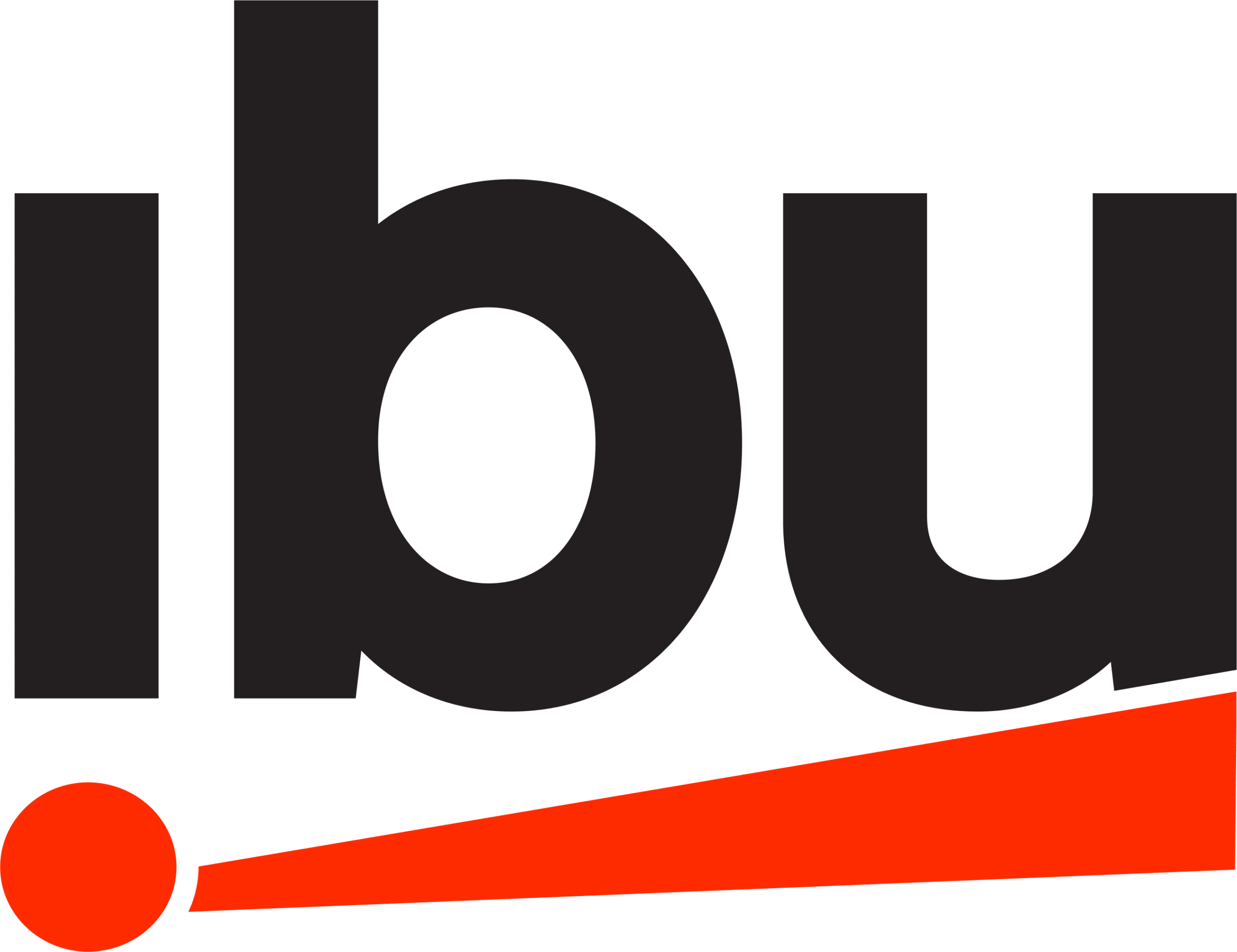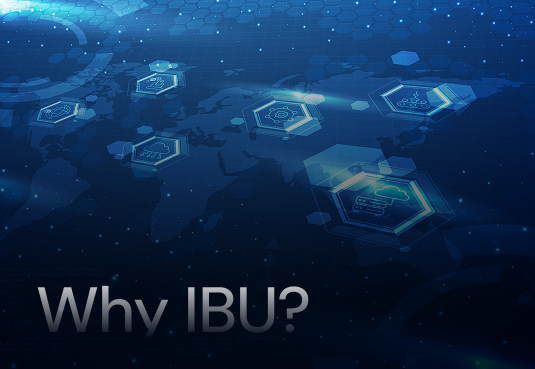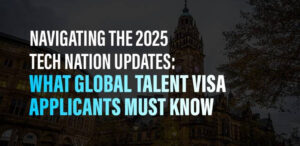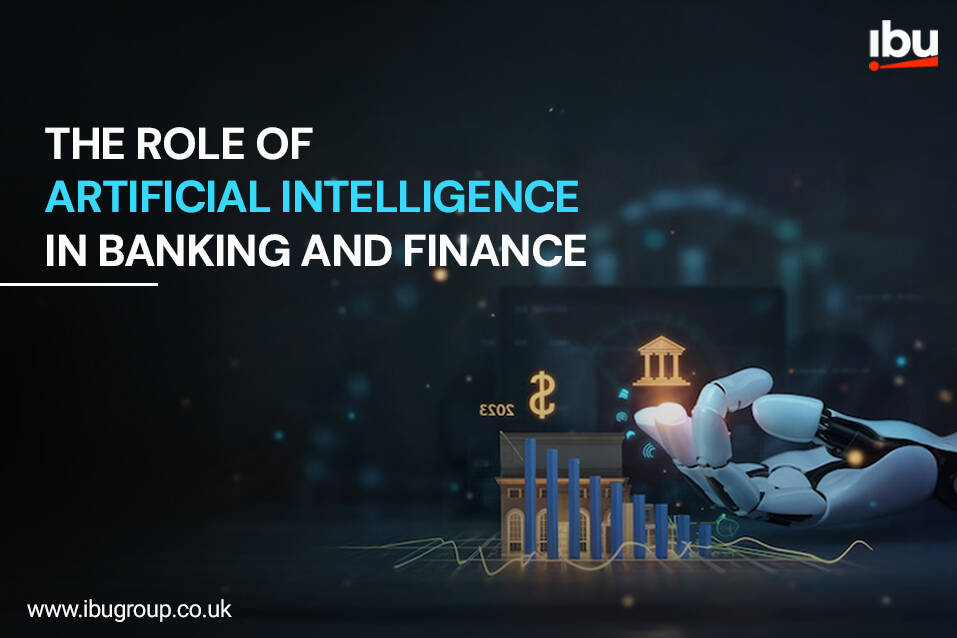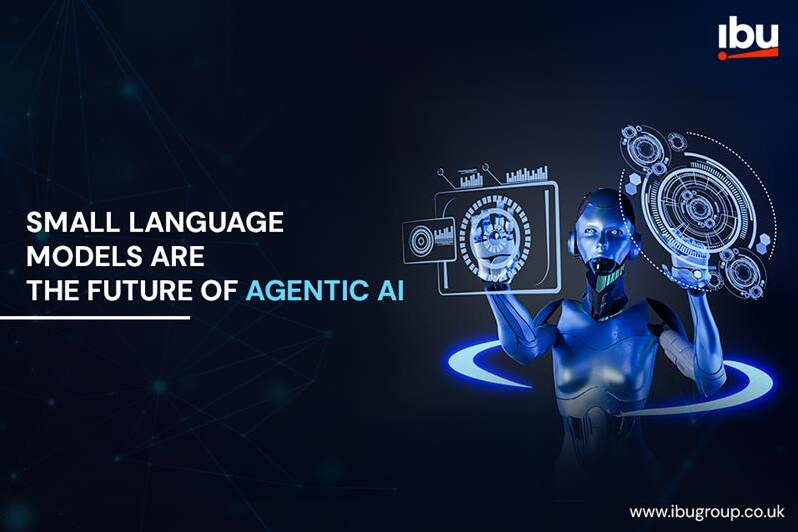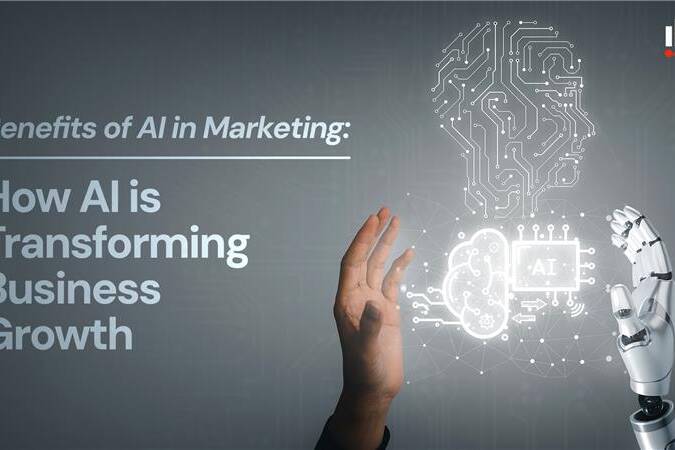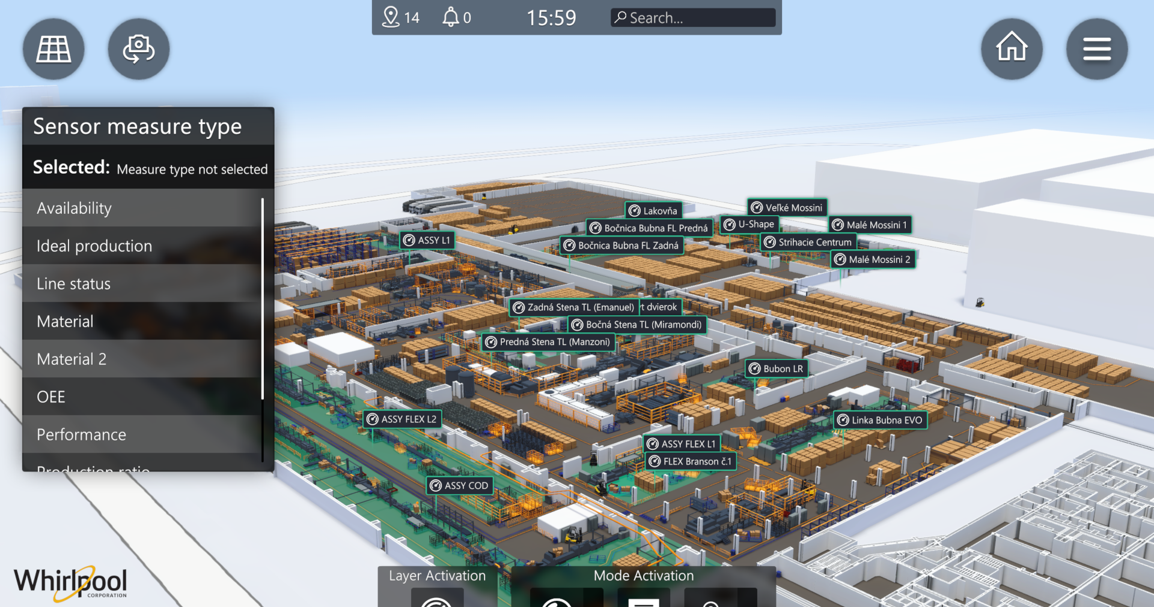
The Rise of Edge Computing: Empowering a Decentralized Digital Future
Introduction
In the ever-evolving landscape of digital transformation, one trend has rapidly moved from the edge of awareness to the center of enterprise strategy: edge computing.
By 2025, the proliferation of connected devices, the advent of 5G, and the explosion of real-time applications have created a perfect storm. Businesses can no longer afford the latency or bandwidth costs associated with sending all data to centralized cloud servers. Instead, they’re moving processing closer to where data is generated – at the edge.
But what exactly is edge computing, and why should organizations care?
What It Is & Why It Matters [Core Concept]?
What is Edge Computing?
Edge computing refers to the deployment of computing resources – processing power, storage, and analytics – closer to the devices and systems that generate data. This decentralized model reduces the need to transmit data to distant data centres, enabling faster response times, improved security, and more efficient data handling.
Think smart factories with sensors analysing production quality in real-time, autonomous vehicles reacting instantly to road conditions, or retail stores using edge-powered AI to enhance customer experiences. These are not futuristic concepts – they’re happening now.
Why Now
Why is Edge Computing Rising Now?
According to industry research, including insights shared in Accenture’s Edge Computing Index, enterprises that embed edge solutions into their operations are seeing significant gains in agility, customer satisfaction, and cost efficiency. Several converging factors are fueling this growth:
- Explosion of IoT Devices: Billions of sensors and smart devices are generating petabytes of data every second.
- Need for Real-Time Insights: Businesses are shifting from reactive to proactive decision -making.
- Bandwidth & Latency Challenges: Centralized cloud systems can’t scale fast enough or affordably enough to meet every real – time need.
- Data Sovereignty & Security: Keeping sensitive data closer to its source reduces exposure and aligns with data compliance regulations.
Gartner predicts that by 2025, 75% of enterprise-generated data will be created and processed at the edge – up from just 10% in 2018. (Gartner, 2021)
IDC estimates global edge computing spending will reach $317 billion in 2025, highlighting its increasing strategic importance across industries. (IDC, 2023)
In 2025, edge computing is not optional – it’s becoming essential.
How It Creates Business Value
How Edge Computing Supports the Future of Digital Transformation.
At IBU Digital, we see edge computing as a cornerstone of digital transformation – one that bridges the gap between centralized cloud infrastructure and the physical world of devices and sensors.
Here’s how we help businesses capitalize on the edge revolution:
1. Modern Cloud & Infrastructure Solutions
Edge computing doesn’t replace the cloud – it complements it. We architect hybrid environments that strategically place workloads across cloud and edge for optimal performance and cost-efficiency.
2. AI & Automation at the Edge
Our intelligent automation systems use edge AI to process data in real-time, whether it’s optimizing a smart grid or powering predictive maintenance in manufacturing.
3. Cybersecurity at the Edge
Edge introduces new security challenges. We deploy robust cybersecurity frameworks to protect data and devices – ensuring compliance and resilience.
4. Intelligent Platforms & Products
From smart city applications to custom edge – enabled platforms, we co-create solutions that drive innovation across sectors like healthcare, retail, finance, and more.
Real-World Applications
Use Cases Across Industries
- Retail: Smart checkout systems and customer behavior tracking in-store.
- Healthcare: Edge-enabled diagnostics in remote areas with limited connectivity.
- Manufacturing: Real-time monitoring of machinery to prevent downtime.
- Logistics: Tracking fleet data and optimizing delivery routes in real-time.
These are just a few examples of how edge computing is unlocking smarter, faster, and more responsive operations.
Our Perspective / How We Help
IBU Digital: Your Partner at the Edge
While the technology is complex, adopting edge computing doesn’t have to be. At IBU Digital, our edge solutions are built to scale, integrate, and deliver impact – securely and reliably.
With our deep expertise across cloud architecture, AI, data engineering, and cybersecurity, we help businesses design and deploy edge strategies that align with their digital goals. Whether you’re exploring a proof of concept or scaling edge infrastructure across your enterprise, we’re here to accelerate your transformation.
Conclusion & Next Steps
Final Thoughts
Edge computing is more than just a technology trend – it’s a paradigm shift that redefines how data is processed, insights are delivered, and value is created. As we move deeper into a world where every millisecond counts, organizations that adopt edge intelligently will lead the charge in customer experience, operational efficiency, and innovation.
